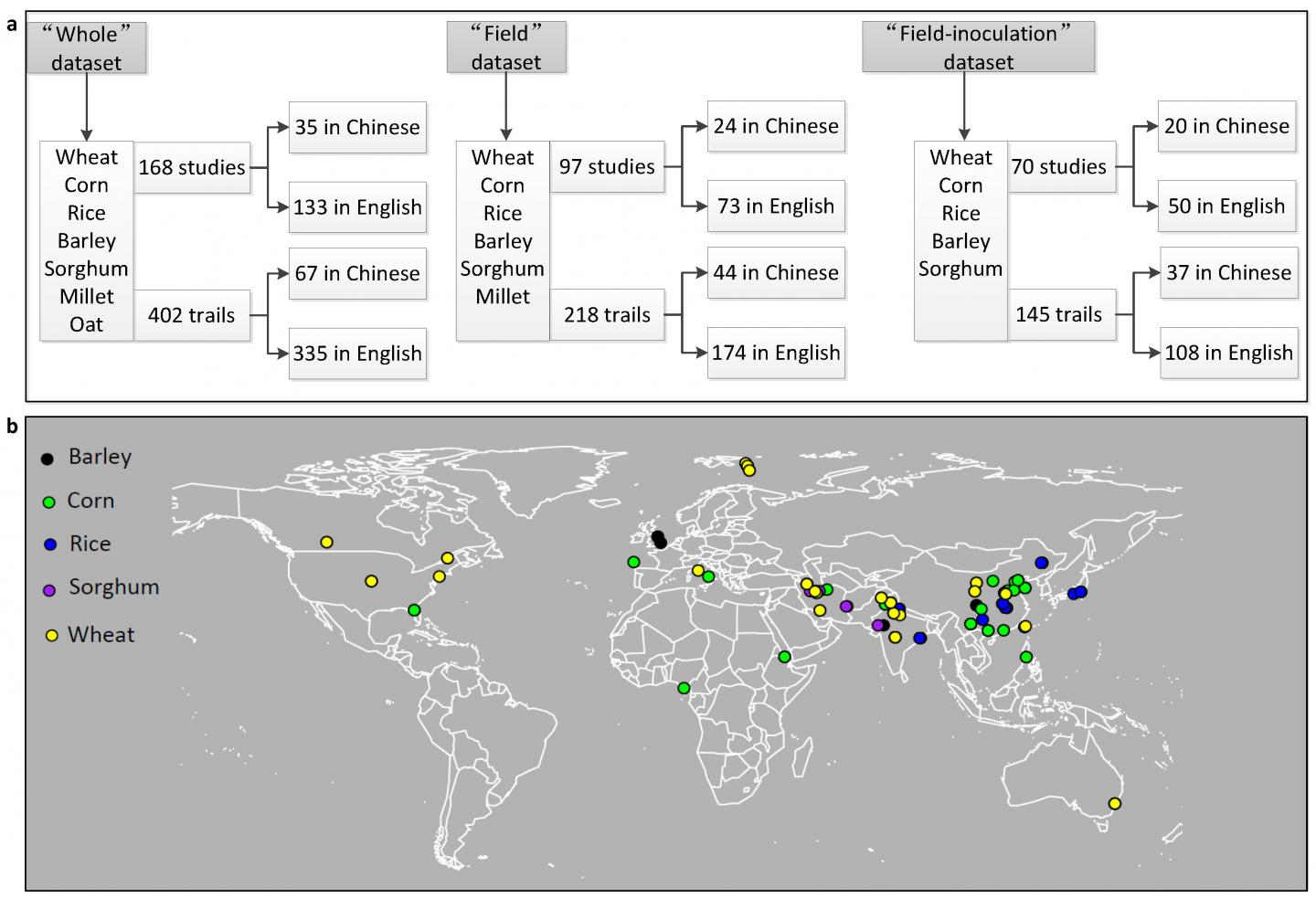
Credit: New Phytologist
For the first time, scientists have shown that fungal hitchhikers use birds to colonize new territories with their plant partners. In a New Phytologist study, the researchers provide the first evidence that birds don’t just carry plants to new places, but their fungal partners too.
For the study, the team collected numerous bird droppings. A total of 54 plant seedlings from six species emerged from 34 bird droppings. Some of the plants that germinated were already colonized by fungi–revealing that birds carry both plants and their fungal partners to new areas, often over long distances.
Many plants form close relationships with a type of fungi called arbuscular mycorrhizal fungi. These symbiotic relationships benefit both the plant and the fungus. Scientists have long thought that sharing the same transport mechanism would give plants that grow in symbiosis with fungi an advantage. This is the first time that the role of birds in dispersing both partners has been confirmed.
“This is a fundamental piece of the puzzle to understand the global distribution of mycorrhizal fungi and the colonization of remote territories by plants and associated fungi,” said lead author Dr. Marta Correia, of the University of Coimbra, in Portugal.
###
Media Contact
Josh Glickman
[email protected]
Related Journal Article
http://dx.




